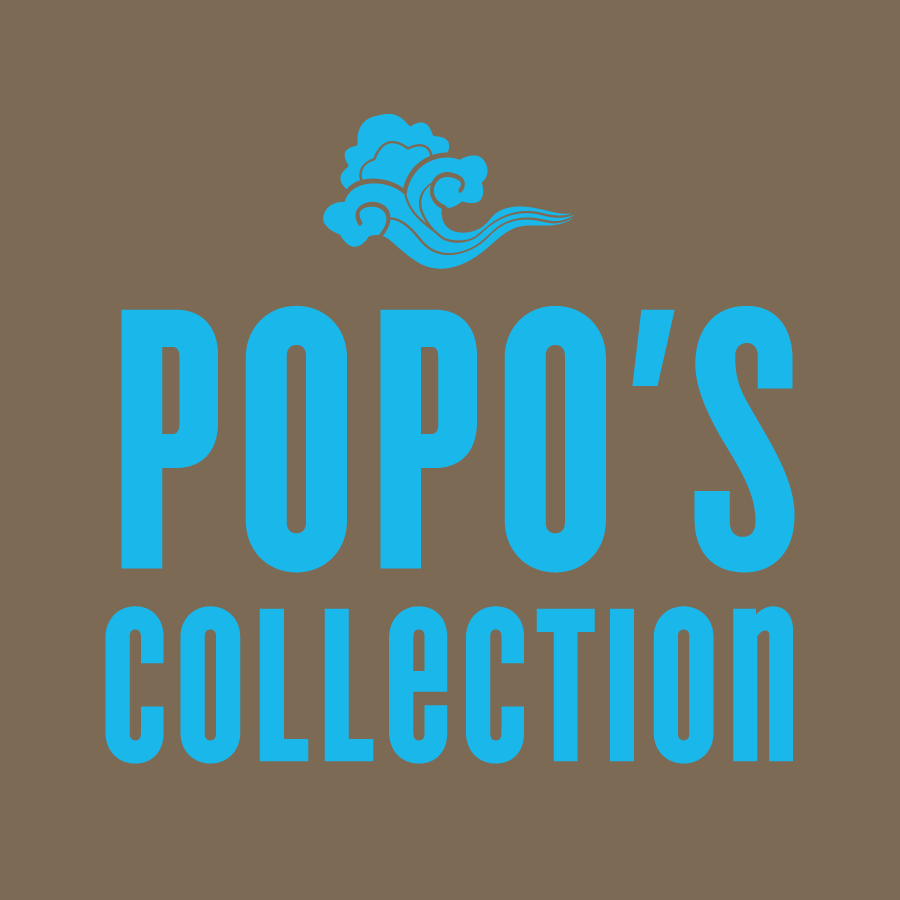Shaheen | Surf N' Sand | Shaheen of Hawaii
Alfred Shaheen was a pioneer of the Aloha garment industry in Hawaii. He elevated aloha wear from tacky souvenirs to high fashion with artistic prints, high quality material and construction. Alfred Shaheen was easily the largest aloha manufacturer in Hawaii during the 1950's and 60's.
His mother was already a talented seamstress with an established custom manufacturing business in Hawaii by the time Alfred went to Whittier College in California. He studied math, physics, and aeronautical engineering there. He enlisted in the Army during World War II before returning to Hawaii.
It was 1948 when Alfred opened his own company Surf N' Sand, expanding his family business to include the sale of Aloha wear for men and women. He worked out of his family home with 4 seamstresses trained by his mother. Shaheen knew there was a major flaw with the aloha wear industry before statehood. Like all islands experience, Hawaii was heavily reliant on imported goods due to lack of natural resources. Many of the fabrics being sent from the mainland or Japan were very basic and were not up to the standards he wanted for his textiles. He ended up scavenging from local junk yards to find the parts to build the manufacturing machinery needed.
Most of Surf N' Sand's materials were made from 1947-1955. They started off using combed cotton and other cotton blends, which was a higher quality cotton than most companies were using before World War II.
They later would branch out to using mylar and other metallics on the their fabrics.
By the 1950's Alfred was able to print, dye, and finish his own fabric. While others had to buy pre-set yardages and were often stuck with excess, Shaheen would buy 100,000 yards of plain white fabric. Since he was able to dye and finish on his own, he was able to make just what he needed. With 16 60 yard silk-screening tables he was able to produce 4,000 yards of fabric a day. In 1958 Shaheen started to design patterns with mass production in mind so that they would not be interrupted by breaks in the textile. It would also help prevent others from copying his designs. An example of this is his vertical patterns, which were often used for women's clothes. He would also make designs for other manufacturers and yardage for home sewers.
He also introduced new sewing and production techniques. He and his mother personally trained artists, screeners, finishers, seamstresses and models. These people became known as "Alfred Shaheen's City of Craftsmen" and eventually spread their knowledge throughout the Hawaii fashion industry.
